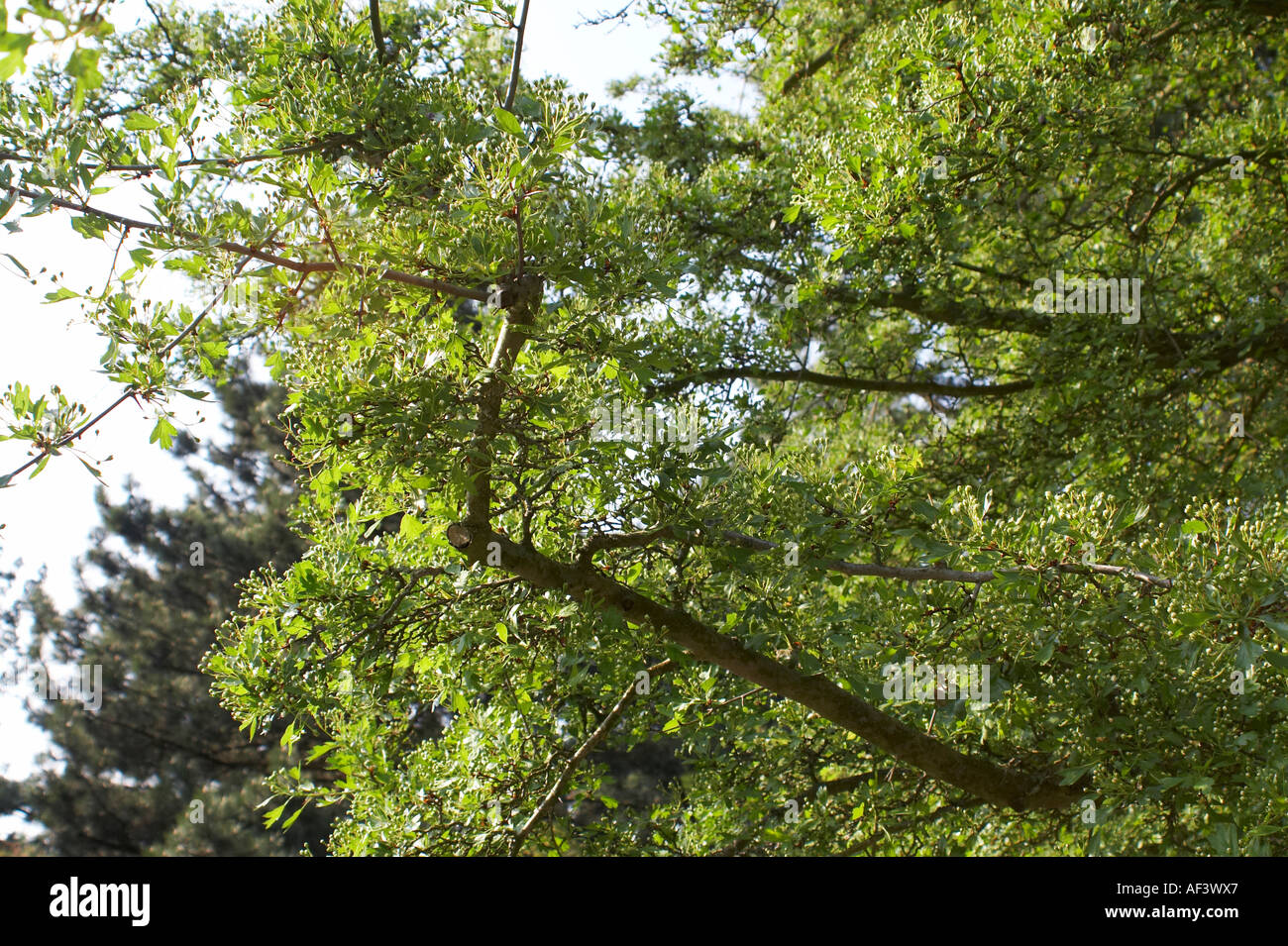Solanaceae. Atropa belladonna. Deadly nightshade

Image details
Contributor:
Piotr & Irena Kolasa / Alamy Stock PhotoImage ID:
AF3WX7File size:
52.6 MB (3.6 MB Compressed download)Releases:
Model - no | Property - noDo I need a release?Dimensions:
5256 x 3498 px | 44.5 x 29.6 cm | 17.5 x 11.7 inches | 300dpiMore information:
The Belladonna has dull green leaves and bell-shaped flowers that are an unremarkable shade of purple, which yield black, shiny berries measuring approximately 1 cm in diameter. It is an herbaceous shrub, and can grow to be approximately one metre tall. The leaves have an oily, "poison ivy"-like feel and can cause vesicular pustular eruptions if handled carelessly. Many animals, such as rabbits, birds and deer, seem to eat the plant without suffering harmful effects, though dogs and cats are affected. Many reports suggest that people have been poisoned by eating animals which have previously eaten Belladonna, though this has not been verified. Germination is often difficult due to the presence of germination inhibitors in the seeds. Belladonna is not common as a garden plant, and is considered a weed in some areas. It is not a very hardy perennial and is sensitive to being transplantated. Germination requires several weeks in warm, moist, absolutely sterile soil, usually far from normal garden conditions. Belladonna is one of the most toxic plants found in the Western hemisphere. Children have been poisoned by eating as few as three berries. Ingestion of a leaf of the Belladonna can be fatal to an adult. The root of the plant is generally the most toxic part, though this can vary from one specimen to another. All parts of the plant contain tropane alkaloids. The berries pose the greatest danger to children because they look attractive and have a somewhat sweet taste. Symptoms of belladonna poisoning are the same as those for atropine (the most well known of the tropane alkaloids), and include dilated pupils, tachycardia, hallucinations, blurred vision, loss of balance, a feeling of flight, staggering, a sense of suffocation, paleness followed by a red rash, flushing, husky voice, extremely dry throat, constipation, urinary retention, and confusion. The skin can completely dry out and slough off. Fatal cases have a rapid pulse that turns feeble. The antidote is physo